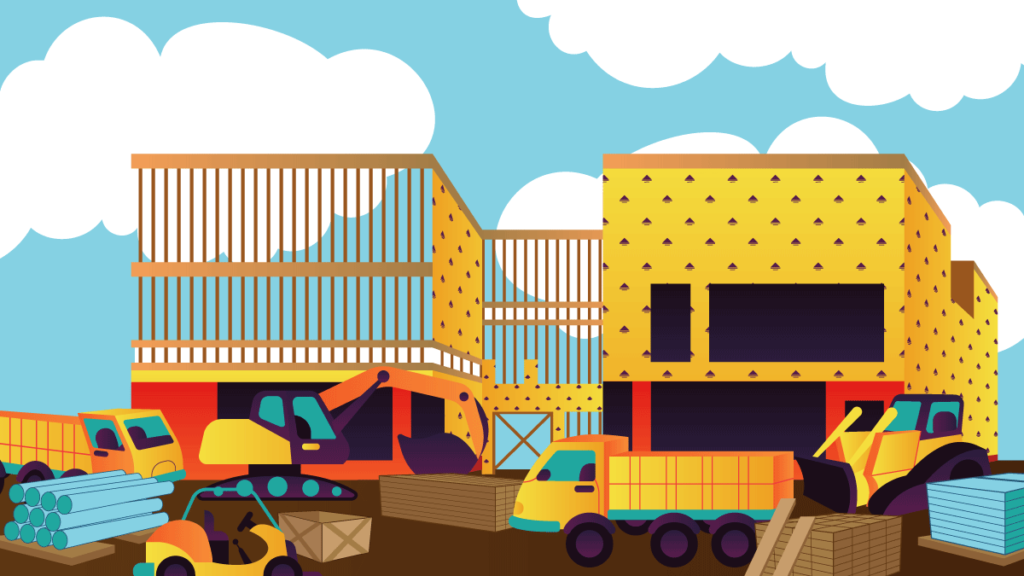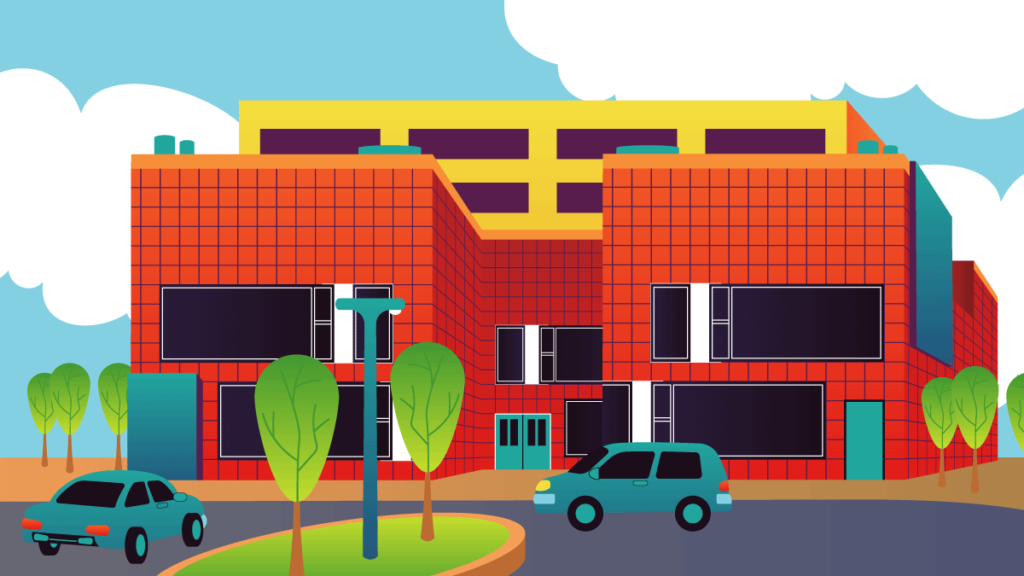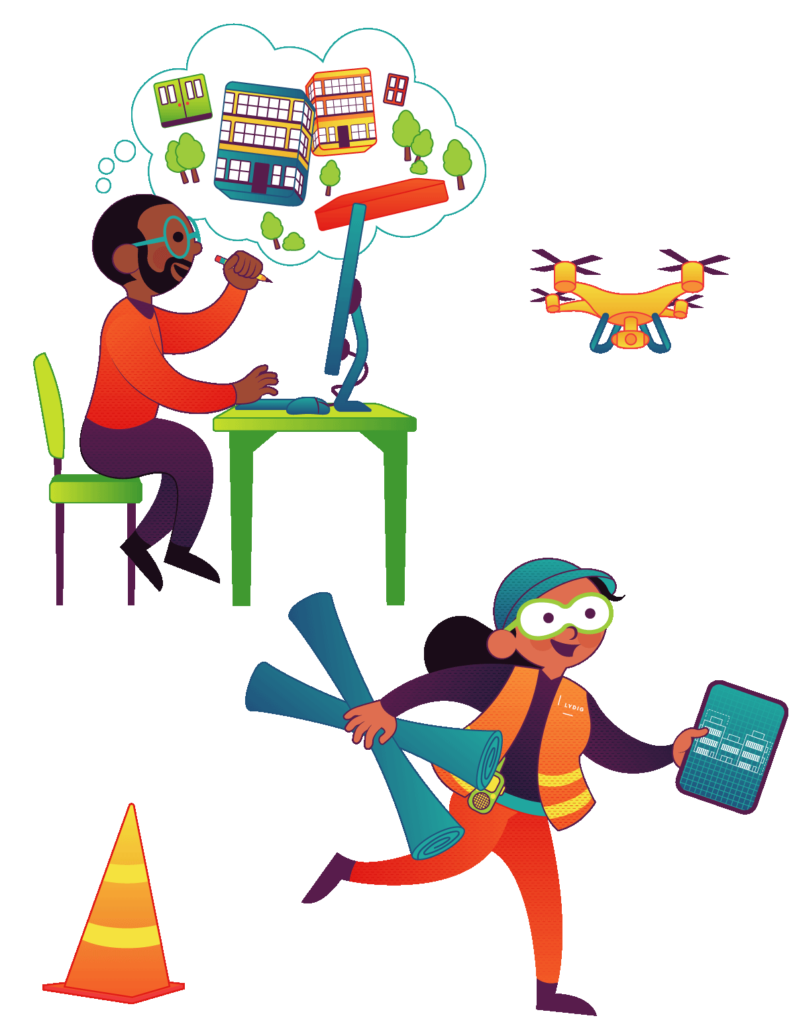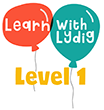

Why we created Learn with Lydig for teachers and students
Experiential Learning
Learn with Lydig leverages ongoing construction activities as learning opportunities. We provide resources for educators to help students understand the construction process.
Helping Teachers
We know that construction can disrupt normal classroom environments and routines. Learn with Lydig intends to alleviate some of the stress resulting from construction at school by creating a fun, friendly, and educational atmosphere.
Safety First
We believe that information equals safety. Kids who understand the activities going on around them are more likely to adhere to safety protocols. Through Learn with Lydig, children learn why and how to behave safely around the construction site.
Explore a list of activities you can do with your students.

Why we chose these characters
Highlighting a Variety of Careers
Construction is rich with STEAM-based activities. We want to harness and encourage kids’ innate curiosity in order to spark interest in construction and STEAM careers. We see construction at school as an opportunity to educate the next generation about our industry and the possible career paths open to them.
Relatable Characters
Kids can meet, engage with, and relate to our characters. Kids who are interested in STEM, and even kids with passions in other areas, can see that there are careers to accommodate a variety of skills and interests.
Promoting Inclusivity
At Lydig we value inclusivity. Our characters were chosen with the intention of inviting all students to imagine a place for themselves in the construction industry. We aspire to do our part in co-creating a future where neither race nor gender precludes students from pursuing careers in our industry.
Why We Say STEAM
Our use of the term STEAM (Science, Technology, Engineering, Arts, and Math) is intentional. Incorporating Arts into STEM provides another entryway for students who, due to implicit bias and other structural impediments, may have found themselves traditionally excluded from STEM, like girls, students of color, and kids from low-income and rural communities.
STEAM challenges the notion of a dichotomy between STEM and the Arts, making both more accessible and more relevant. It acknowledges, for example, the connections between dance and physics, music and math, and computer science and design, as well as the need for creativity and innovation within STEM fields.
STEAM allows students and teachers to reimagine STEM and the Arts, to find new connections and intersection points between the disciplines, and ultimately to revolutionize the careers that exist in the field.
Contact Us
Schedule a classroom visit with one of our professionals!
Send us feedback. We welcome your input!
